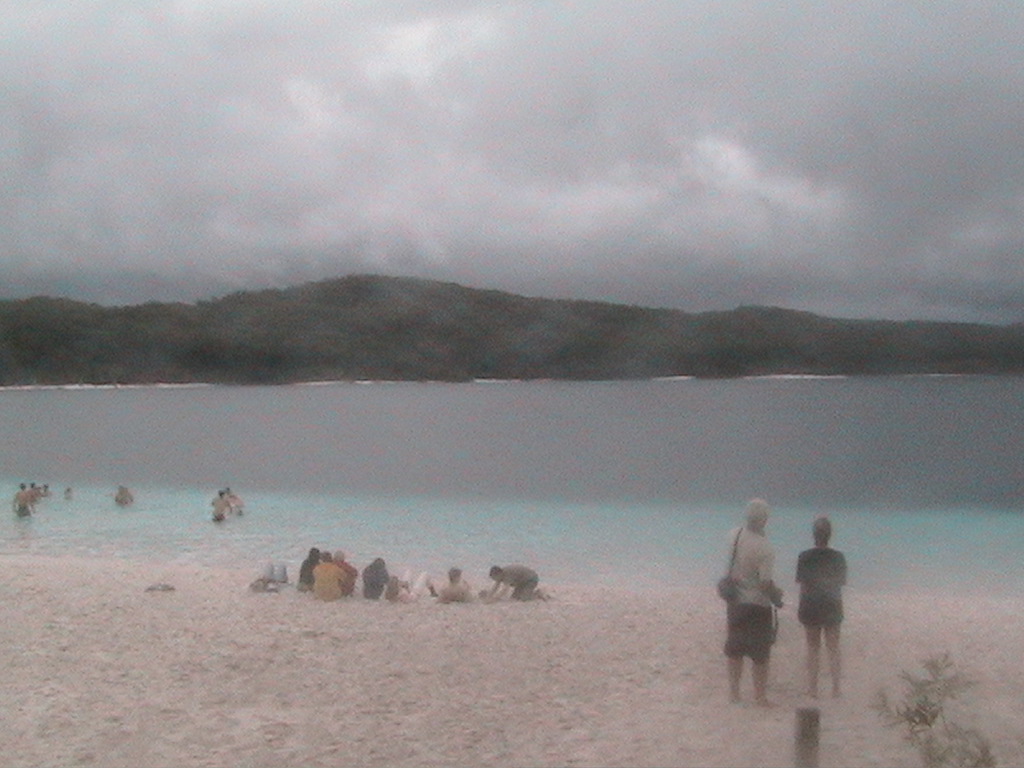Australia and Southeast Asia
Australia is renowned for its unique wildlife, much of which can’t be found elsewhere due to the continent’s long-standing isolation. Given its proximity to Southeast Asia, you might wonder why we don’t see Southeast Asian animals in Australia.
Historically, many species have migrated across continents due to various events. For instance, camels originated in North America but migrated to Africa, Asia, and South America during the Ice Age, where they flourished. Similarly, penguins, which began in New Zealand, spread throughout the Southern Hemisphere.
So why haven’t Southeast Asian animals, such as water buffalo, big cats, and primates, made their way to Australia?




That’s an interesting question! The absence of Southeast Asian animals in Australia, despite their geographical proximity, can be attributed to several factors, including historical, ecological, and evolutionary ones.
Geological History: Australia has been separated from other landmasses for about 50 million years, developing a unique flora and fauna that adapted to its specific environments. While Australia and Southeast Asia are relatively close today, any land connection that might have facilitated the movement of species has been gone for a long time.
Barriers to Migration: Between Australia and Southeast Asia lie extensive bodies of water, such as the Timor Sea and the Arafura Sea. These barriers make it difficult for many species to naturally migrate. Unlike some species that are adept at long-distance dispersal (like birds), most terrestrial mammals have limited abilities to cross significant water obstacles.
Ecological Niches: Animals evolve in response to their environments and available ecological niches. Australia has distinct ecosystems, and the native species have adapted to fill their own niches. The introduction of foreign species can lead to competition with native ones, which often end in the decline of the natives. This could be a deterrent for Southeast Asian animals, even if they could reach Australia.
Human Impact: More recently, human activities have also played a role in modifying ecosystems and introducing or preventing the establishment of certain species. Many native Australian species are already under threat from invasive species introduced by humans, such as feral cats and rabbits.
Evolutionary Pathways: Lastly, different evolutionary pressures shaped the wildlife in these regions. Even related species can evolve along different pathways, leading to significant divergences. For example, while both Southeast Asia and Australia have both marsupials and placental mammals, their evolutionary paths diverged, leading to distinctive adaptations in each region.
In summary, while the proximity of Australia to Southeast Asia is a compelling factor, historical separation, ecological barriers, and evolutionary processes have limited the migration of Southeast Asian animals into Australia.